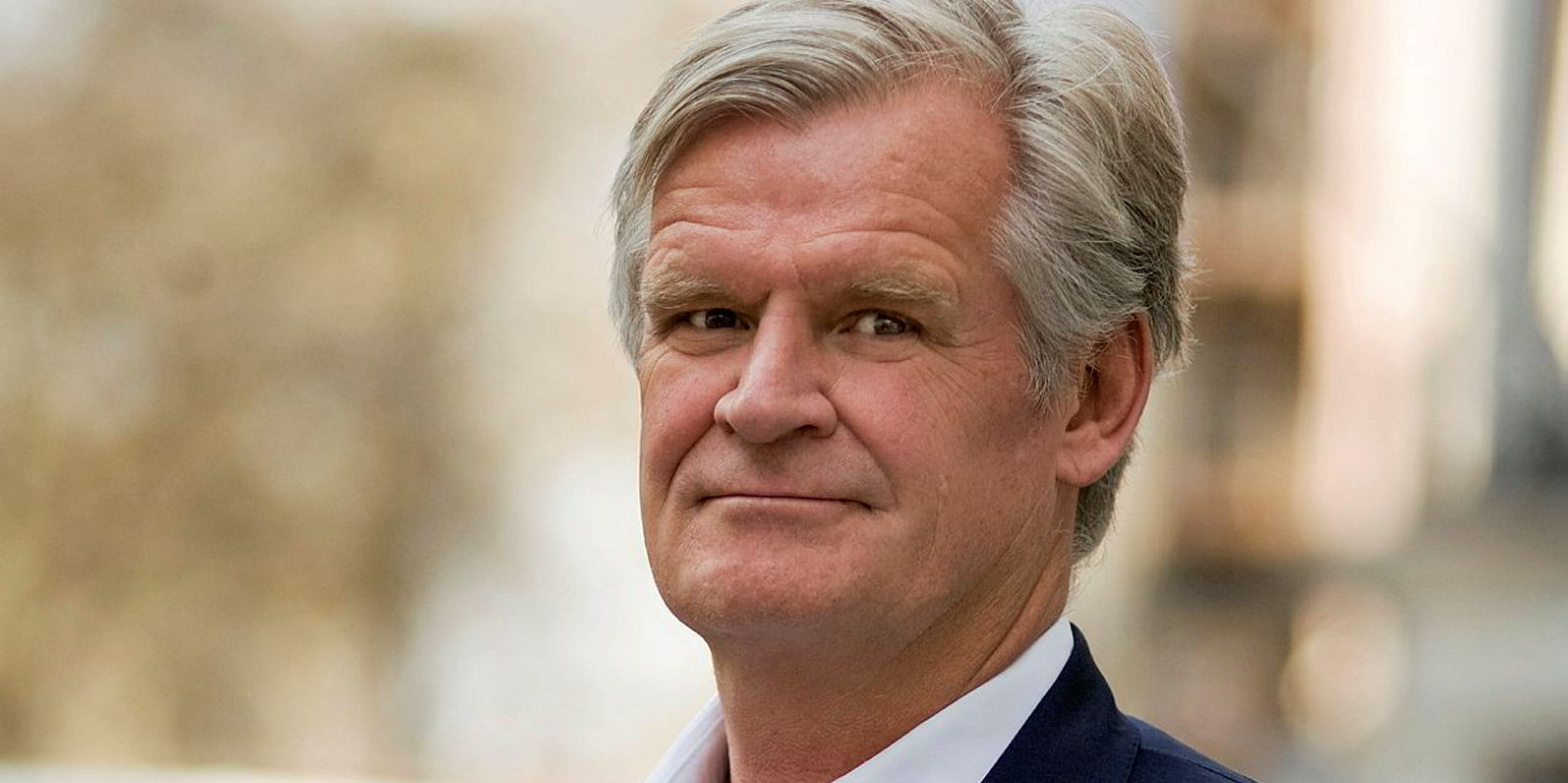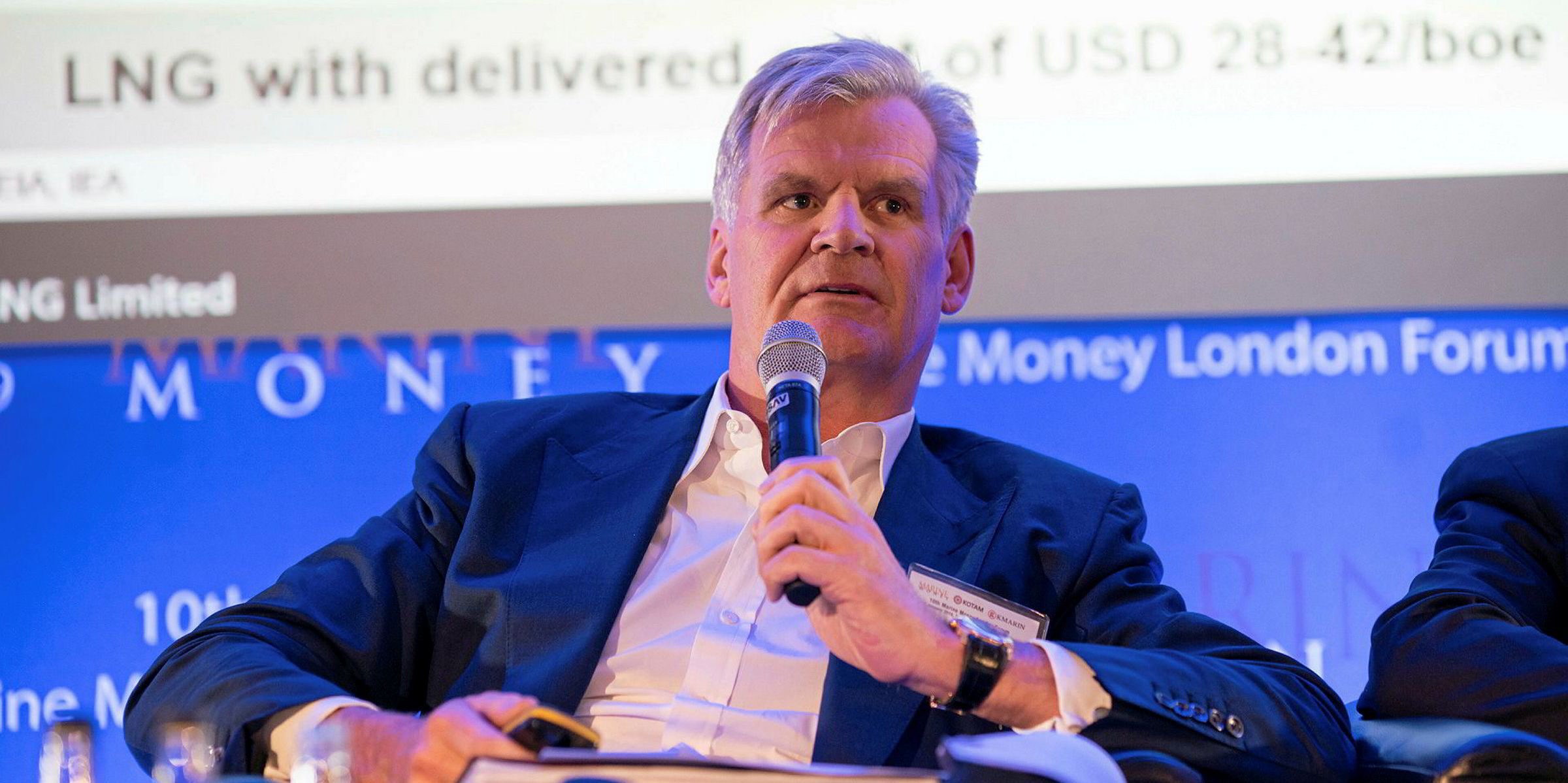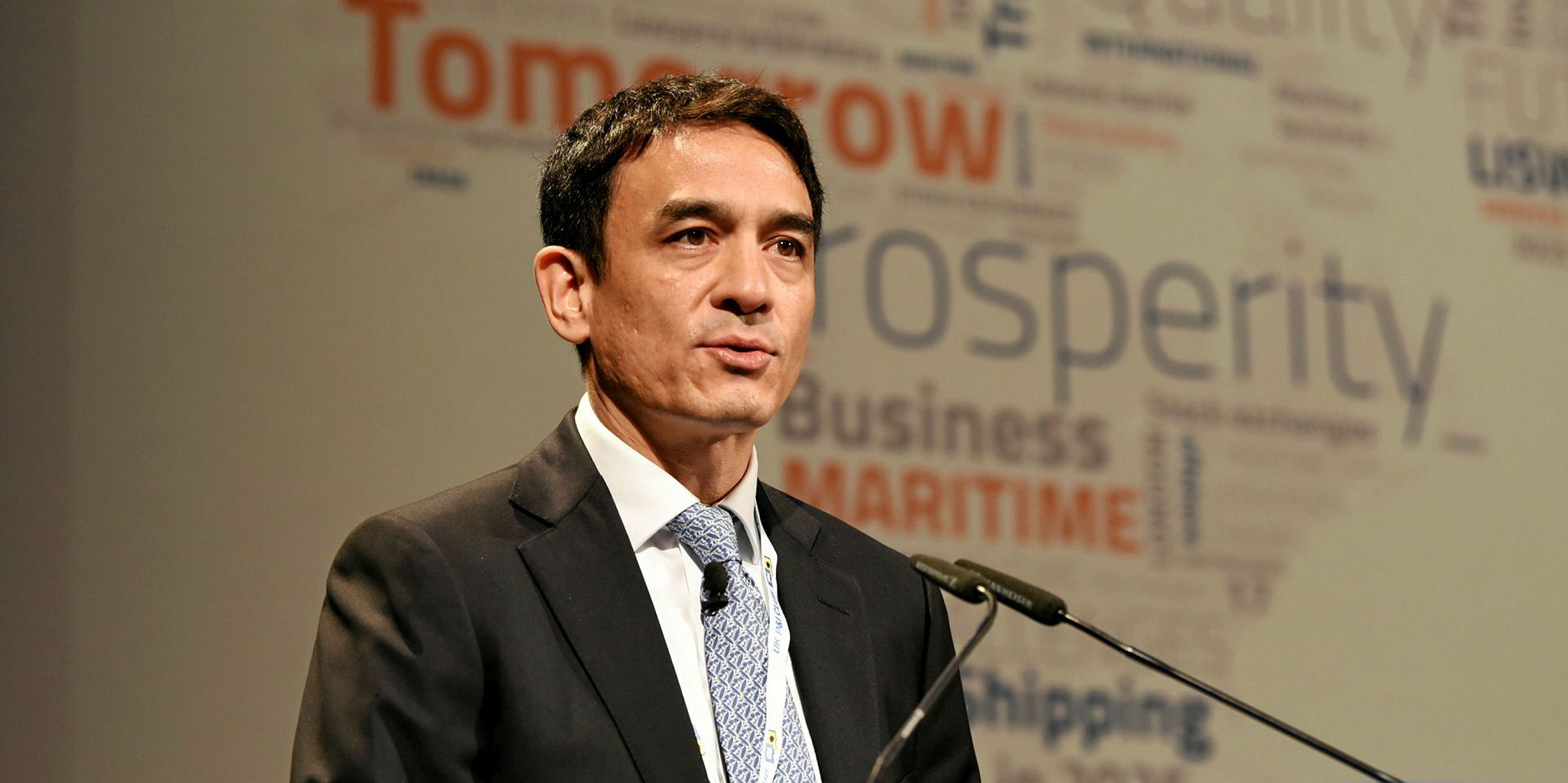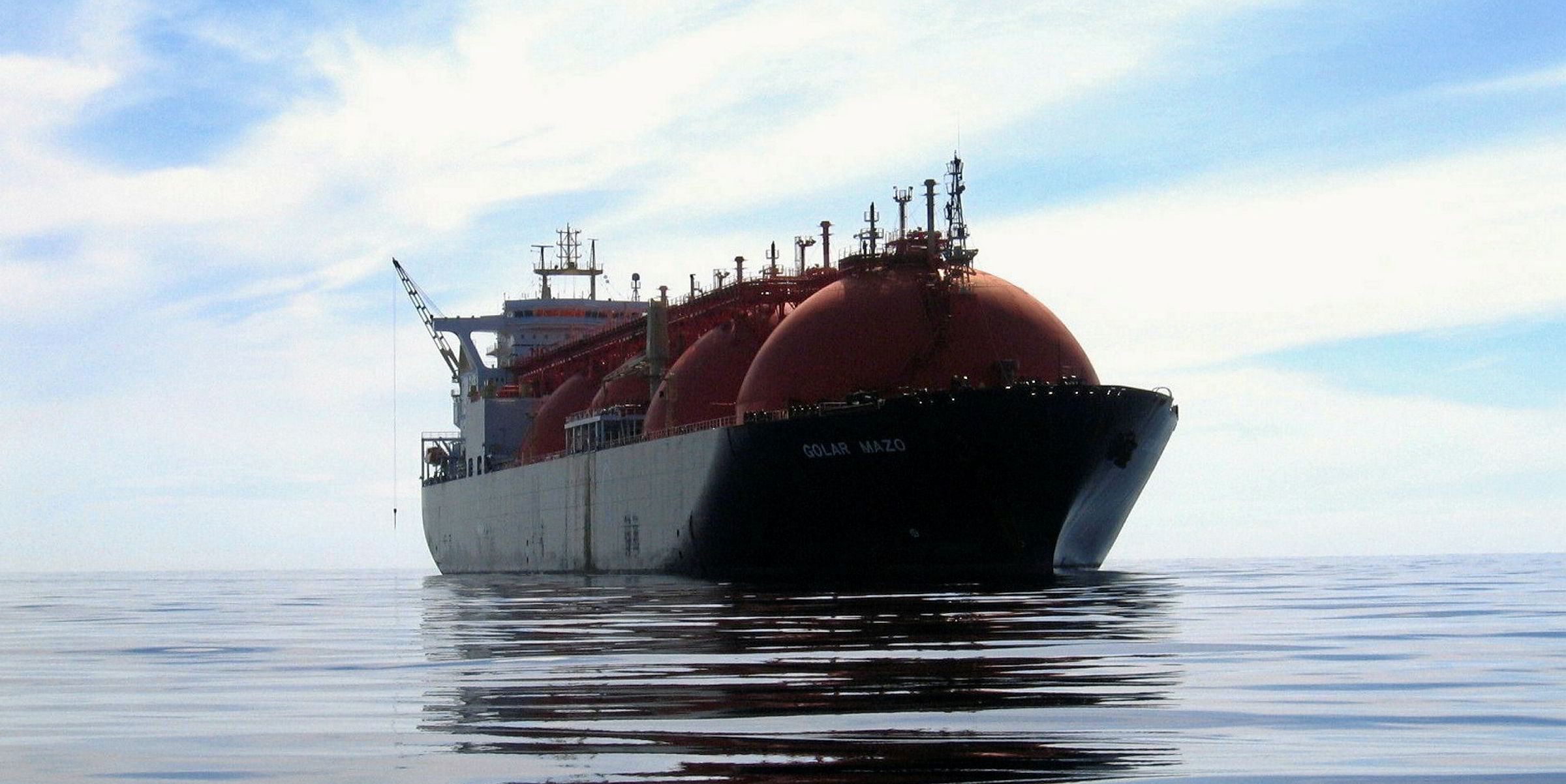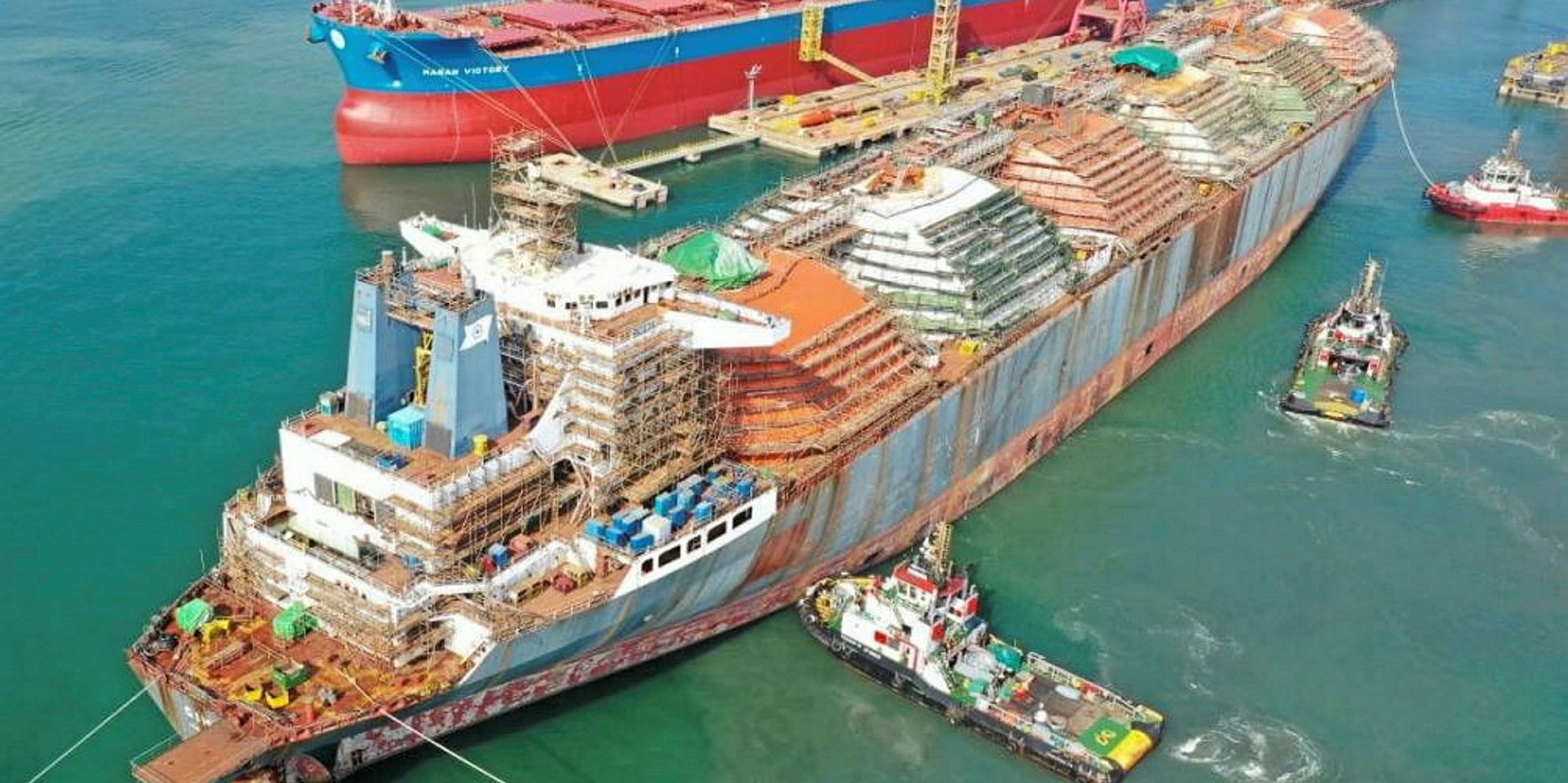Golar LNG is expecting a slump in both time-charter equivalent rates and utilisation for its ships in the second quarter.
The Tor Olav Troim-led shipowner said its LNG carriers should reel in TCE rates of around $40,000 per day, with utilisation of at least 80% of its fleet, based on fixtures to date and the prevailing spot market.
This compares with first-quarter TCE earnings of $62,000 per day on 94% fleet utilisation.
Hedging volatility
Reporting its first-quarter result, Golar said it intends to fix more portfolio term-based deals to further de-risk shipping exposure and to hedge expected volatility.
The company, which has been looking to spin off its LNG shipping business, said: “We expect to make further progress on both financial and structural simplification of the business into separate, attractive and investible businesses to enhance financial flexibility.”
Golar reported a $104m net loss for the first quarter, compared with a net loss of $41.7m in the same period last year. It delivered a profit of $24.8m in the fourth quarter of 2019.
The company cited a $54.7m loss on derivative instruments and $38.0m in net losses from its stakes in affiliates Golar Partners and Golar Power.
Coronavirus measures
Golar said it had implemented liquidity assurance and cost-reduction measures to ensure the business can withstand any prolonged economic downturn in relation to Covid-19 and low gas pricing.
New chief financial officer Callum Mitchell-Thomson, formerly with Shell and JP Morgan, joined the company on 1 May.
The New York-listed LNG shipowner said Golar Power, its 50:50 joint venture with Stonepeak Infrastructure Partners, has signed up the first three small-scale customers for its LNG distribution operations. The new business is in connection with its recently started, 1.5GW Sergipe power plant projects in Brazil, where the floating storage and regasification unit Golar Nanook (built 2015) serves as the import facility.
The company said LNG distribution operations are expected to start in 2021.

Golar LNG chief executive Iain Ross said a further 200 potential customers have signed letters of intent on various small-scale opportunities with Golar Power.
Aside from Sergipe, the company said Golar Power is developing a further 10.6GW of natural gas-fired power plants with small-scale distribution opportunities in Latin America and is in the evaluation or development stage on more than 15 other terminals worldwide, Golar said.
Power plant postponement
The Covid-19 pandemic has pushed back a planned final investment decision on its FSRU-based Barcarena terminal and power plant in Brazil to mid-2021 with start-up now planned for 2022.
Golar Power is also working on a project to locate one of its steam turbine vessels as a floating storage unit at for a terminal in the Port of Suape this year.
Key licenses have been approved for another FSRU at Santa Catarina in southern Brazil.
On its floating LNG production interests, Golar said it is in “positive discussions” with Keppel Shipyard and engineering subcontractor Black and Veatch to revise the cost and time schedule for its FLNG Gimi conversion product. The talks are aimed at reducing Golar’s liquidity contribution for the vessel between the second quarter of 2020 and the original delivery date two years later.
Force majeure
This is in response to BP’s decision to declare force majeure and a 12-month delay on its Tortue FLNG project for which the Gimi has been earmarked.
Golar has invested nearly $534m into FLNG Gimi and had expected to plough in a further $59m in the second half of this year but now expects some of this will move into 2021.
“The consequences of any delay to the returns available from the project will be dependent on the ultimate duration and cause of the delay claimed by BP and the final terms of the revised conversion building agreements,” Golar said.
